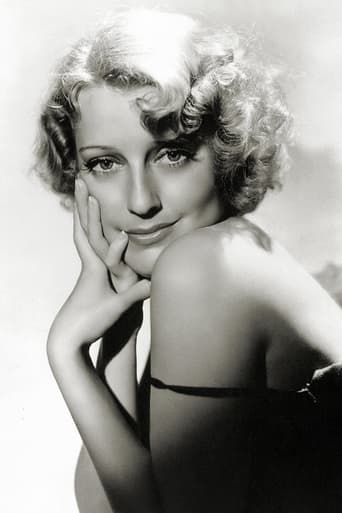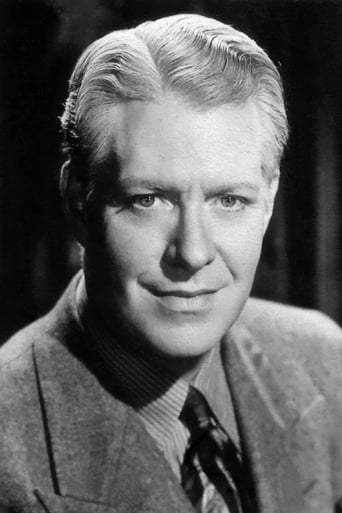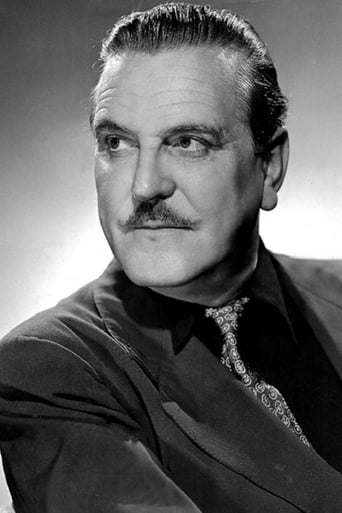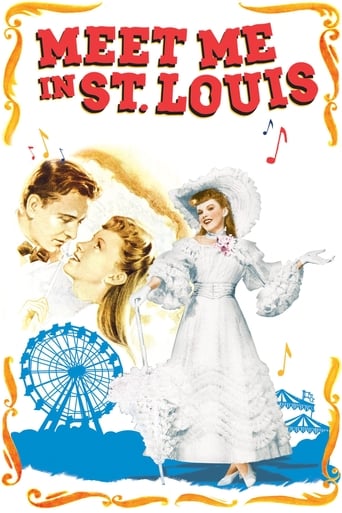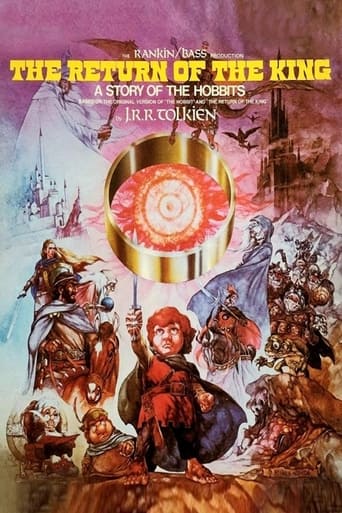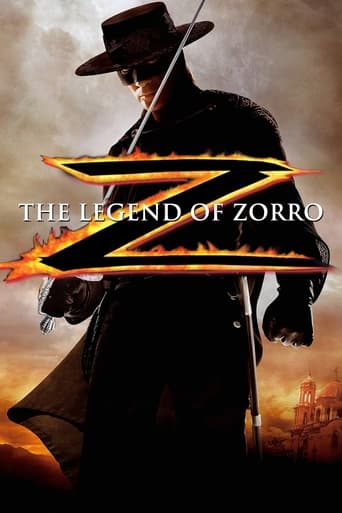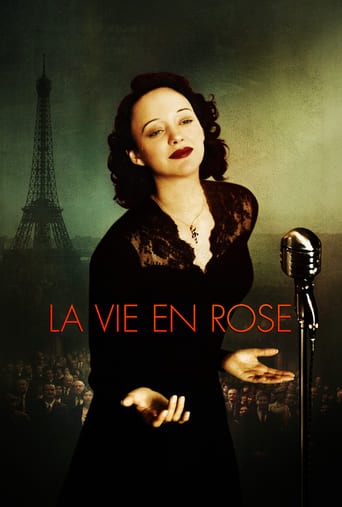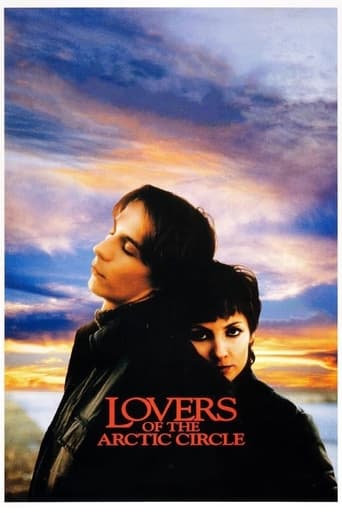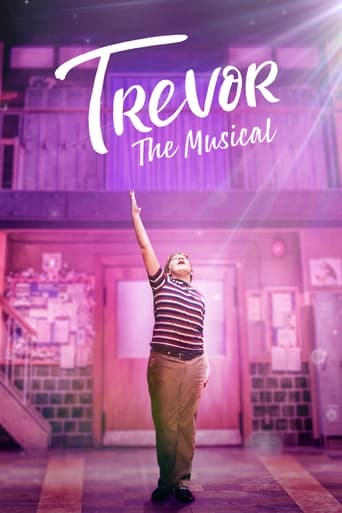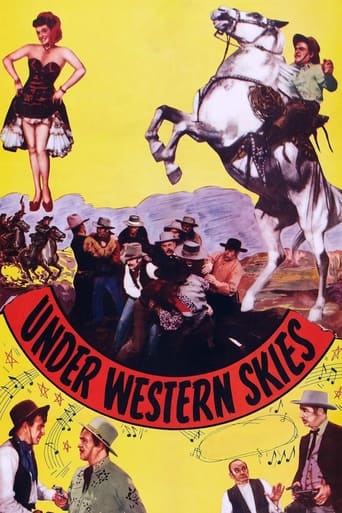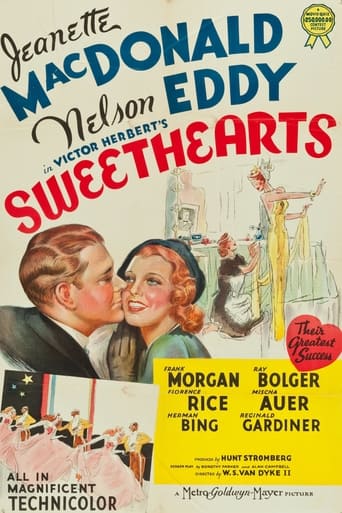
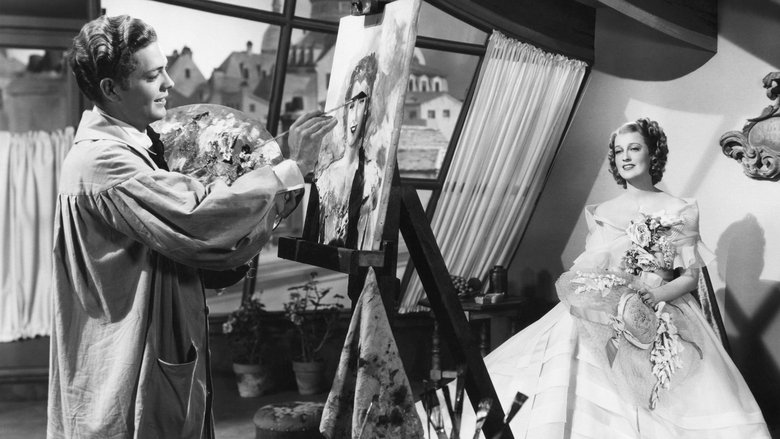
Sweethearts (1938)
Bickering husband-and-wife stage stars are manipulated into a break-up for publicity purposes.
Watch Trailer
Cast
Similar titles
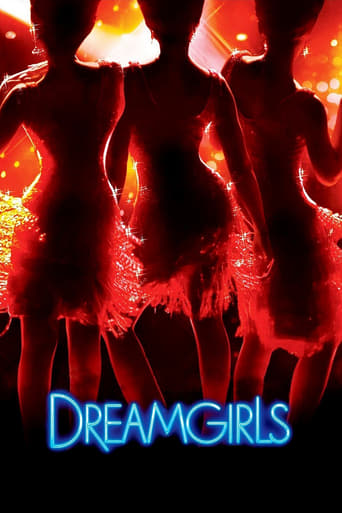
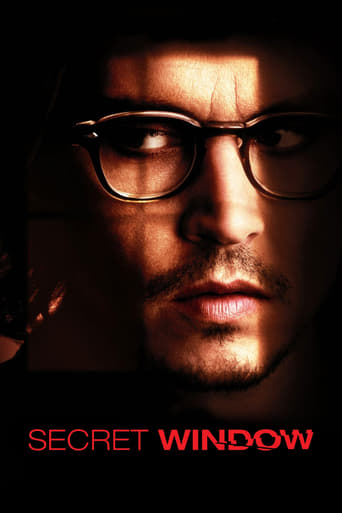
Reviews
Thanks for the memories!
I wanted to but couldn't!
It is interesting even when nothing much happens, which is for most of its 3-hour running time. Read full review
Although I seem to have had higher expectations than I thought, the movie is super entertaining.
This one is notable for being MGM's first Technicolor movie. "Sweethearts" won cinematographers Oliver Marsh and Allan Davey special Oscars for their work with color film. MacDonald looks gorgeous--black and white didn't do her justice.The music is pleasant enough, but not memorable. The couple is nauseatingly in love through the first hour, starring in a long running Broadway production - "Sweethearts". Unable to find rest during their six year production, the two are enticed to go to Hollywood instead, being promised lots of breaks between films. The normally feuding creative forces/producers of "Sweethearts" realize that this is the end of the gravy train, so they hatch a plan to keep the two from leaving. Complications ensue.When MacDonald and Eddy aren't singing, the film seems endless. Not even the scenes with animals make this amusing. Eddy is the one who brings off some sight gags--three of them to be exact. Frank Morgan and the rest of the cast are stranded without any funny lines. They just made me groan--and I'm an easy laugher. It's hard to make Frank Morgan unfunny.Trivia I noticed--the opening operetta is on the same set that "The Great Ziegfeld" (1936) used for the "A Pretty Girl Is Like A Melody" number. There is a lengthy end credit explaining that the actors on the screen didn't write the 1913 operetta "Sweethearts". MacDonald has a five minute fashion show and proves she looks good in any outfit, no matter how misguided.If you see this, watch the first thirty minutes and the fashion show for the cinematographers playing with colors, then fast forward between songs.
The film that started it all — the first of MGM's fabulously Technicolored musical comedies — and still one of the studio's Ten Best! A wittily diverting script, beautifully photographed, joined to Victor Herbert's "immortal melodies", enacted by a grand array of our favorite character players including Frank "Kiddies" Morgan and Herman "Budapest" Bing.MacDonald and Eddy were never more captivating or brightly presented, Van Dyke's pacey direction moves with a fluent slickness, production values are enjoyably lavish, while Slavko Vorkapich has created a remarkably inventive montage — a rare (perhaps unique?) accomplishment from the meticulously slow-working Technicolor laboratory. Sets, costumes are also exceptionally attractive in color, setting new standards for appealing opulence. In addition to all this visual gloss — and other smoothly professional technical credits including able sound recording and brisk film editing — there's that delightfully quip-witted, gently satirical Parker- Campbell script that provides such wonderfully comic opportunities for our gang of scene-stealing veterans. Playing their volatile roles with commendable enthusiasm and pungent relish, Morgan, Auer and Bing make merry with hilarious bickering, while Reginald Gardiner almost steals the show as a cynically persuasive Hollywood agent. In smaller parts, Walburn and Watson are delightful, Gene Lockhart has an amusingly memorable cameo and I must especially applaud Betty Jaynes and Douglas McPhail as the duplicate "Sweethearts".MacDonald and Eddy are not only in excellent collective voice, but for once are evenly matched — musically and dramatically. Eddy shares equally with MacDonald in most of their numbers except "Every Lover Must Meet His Fate" in which her participation is comparatively brief. However, he has a rousing solo, "On Parade", virtually to himself. MacDonald, on the other hand, is considerably up-staged by Ray Bolger (who, in this film — unlike his previous role in Rosalie — has nothing else to do but dance) in "Wooden Shoes". Both have ingenious production numbers and Eddy's dramatic gifts, which ran more naturally to light comedy than old-fashioned opera melodrama, are buoyantly serviced by the sprightly tattle-tale script. Although she preferred more dramatic roles, Jeanette MacDonald's "singing sweetheart" is no less charmingly vivacious. And both stars are handsomely served by Technicolor.I was going to conclude by observing that it was a shame MacDonald and Eddy didn't make more out-and-out comedies. But of course they did try again with "I Married An Angel" (1942), their final collaboration, which was not nearly so commercially successful. (It's a pity that you could only use the Campbells' ingenious show-within-a-show idea once. It was certainly a mighty clever way of jettisoning a creaky old operetta story while retaining its magnificently vibrant songs).
I liked this movie. I especially liked the colors and Jeannette's fabulous blue suit against her flaming red hair. Ray Bolger as the Dutch dancer in the beginning is just wonderful and hilarious, and his athletic moves still astound. He must have been eating some powerful breakfast cereal. All of the dancers in this scene are so perfect and entertaining. I also liked the the part where the 2nd-type Nelson and Jeannette are the second leg of the tour, and where Douglas MacPhail and Betty (his wife IRL) are interspersed in their Sweethearts roles. I enjoyed seeing Frank Morgan, and marvel at his calling himself old -- and yet he was only 48 in this movie. Was this his own white hair, or studio aging? Even in his Wizard of Oz, he has white hair and appears older and yet is not. Most of all in this movie, I like the singing of Jeannette and Nelson. 13/10.
Not only was this their first color film, but this was the first story set in contemporary time (1938). Plus, the script has some funny "one-liners." However, I wouldn't recommend this to anyone but fans of Nelson and Jeanette.
